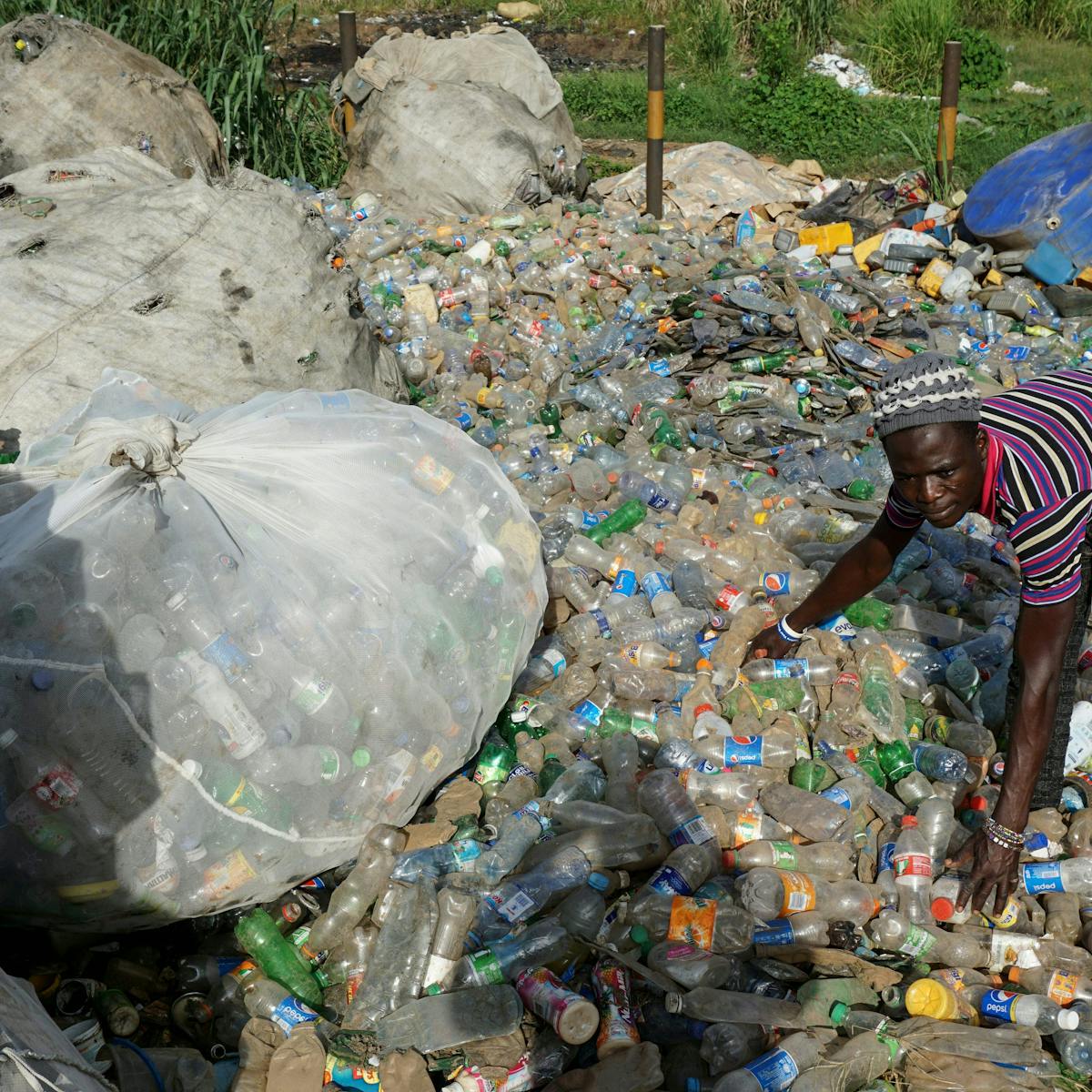Plastic is a synthetic material that is made from petroleum, a non-renewable resource. It is cheap, lightweight, durable, and easy to produce, which makes it very popular for manufacturing a wide range of products. However, these same qualities that make plastic so useful also make it a major environmental hazard. Plastic does not biodegrade like organic matter; instead, it breaks down into smaller and smaller pieces over time, eventually becoming microplastics that can persist in the environment for centuries.
One of the biggest contributors to plastic pollution is single-use plastics, which are designed to be used once and then thrown away. Examples of single-use plastics include plastic bags, water bottles, straws, and food packaging. These items are often used for just a few minutes before being discarded, but they can take hundreds of years to decompose. In the meantime, they can harm wildlife, pollute waterways, and disrupt ecosystems.
Plastic pollution is particularly harmful to marine life. Marine animals such as sea turtles, dolphins, and whales can become entangled in plastic waste or mistake it for food. This can lead to injury or death, as the plastic can cause internal damage or blockages. In addition, plastic pollution can also harm human health. When microplastics are ingested by fish and other seafood, they can end up in the food chain and be consumed by humans.
The scale of plastic pollution is staggering. According to a report by the Ellen MacArthur Foundation, there will be more plastic in the ocean than fish by 2050 if current trends continue. The report estimates that every year, eight million tons of plastic end up in the ocean, which is equivalent to dumping a garbage truck full of plastic into the ocean every minute.
To address the problem of plastic pollution, there are several strategies that can be employed. One of the most effective approaches is to reduce the amount of plastic waste that is produced in the first place. This can be achieved through measures such as banning single-use plastics, encouraging the use of reusable bags and containers, and improving waste management systems.
Another strategy is to increase recycling rates for plastic waste. Currently, only a small percentage of plastic waste is recycled, and much of it ends up in landfills or the environment. By improving recycling infrastructure and increasing awareness about the importance of recycling, we can reduce the amount of plastic waste that ends up polluting the environment.
Finally, there is a need for greater innovation in the production and disposal of plastic. This includes developing new materials that are more biodegradable or recyclable, as well as improving waste management practices to prevent plastic waste from entering the environment.
In conclusion, plastic pollution is a serious environmental problem that requires urgent action. By reducing our use of single-use plastics, increasing recycling rates, and promoting innovation in the production and disposal of plastic, we can reduce the amount of plastic waste that ends up polluting our oceans and harming marine life. With concerted effort and cooperation, we can turn the tide on plastic pollution and ensure a healthier, more sustainable future for ourselves and for the planet.








0 Comment to "Global Plastic Crisis"
Post a Comment